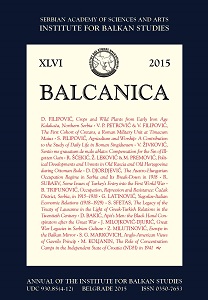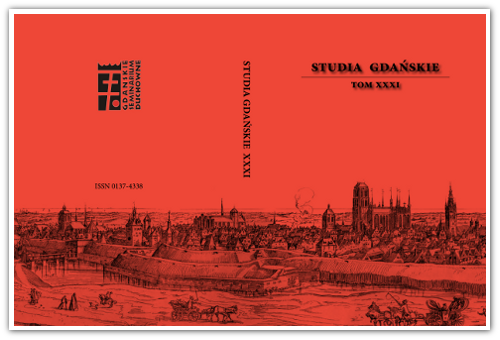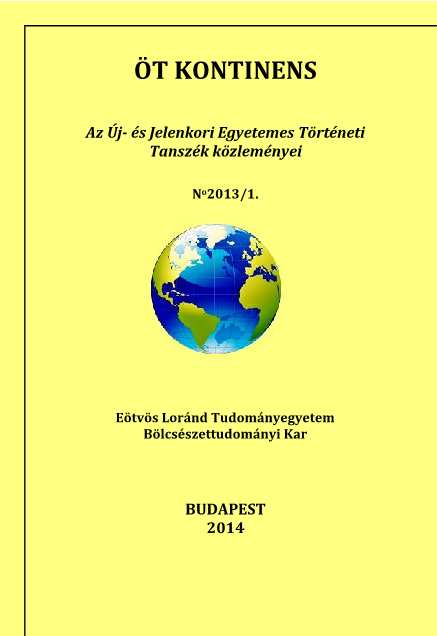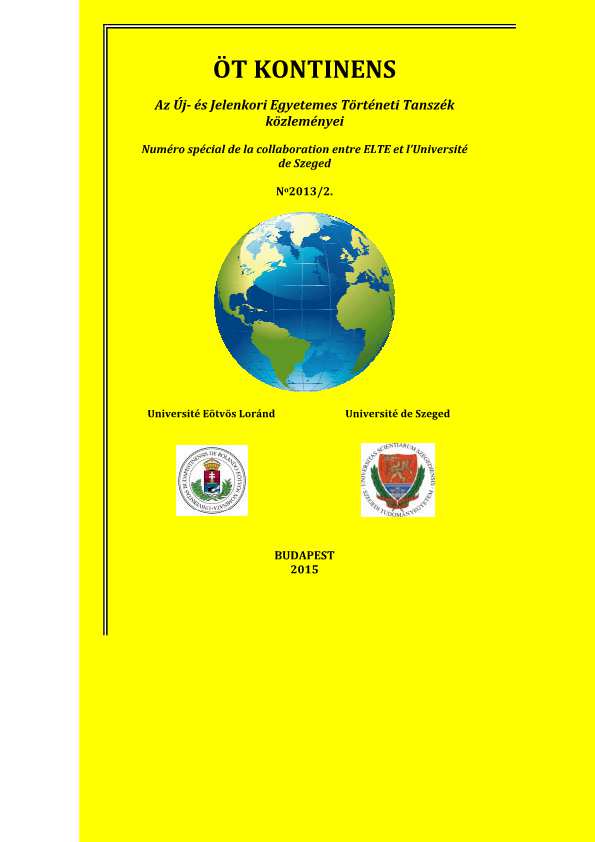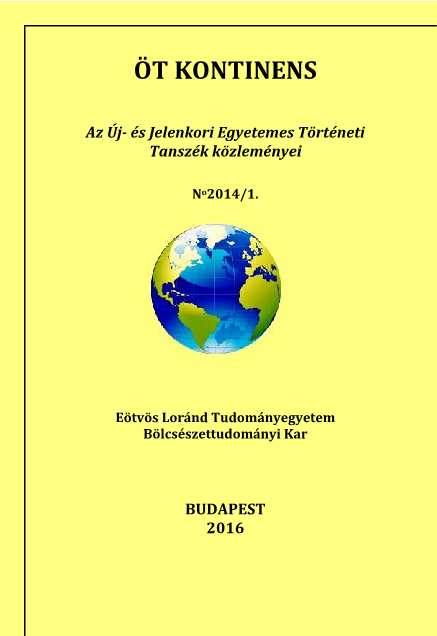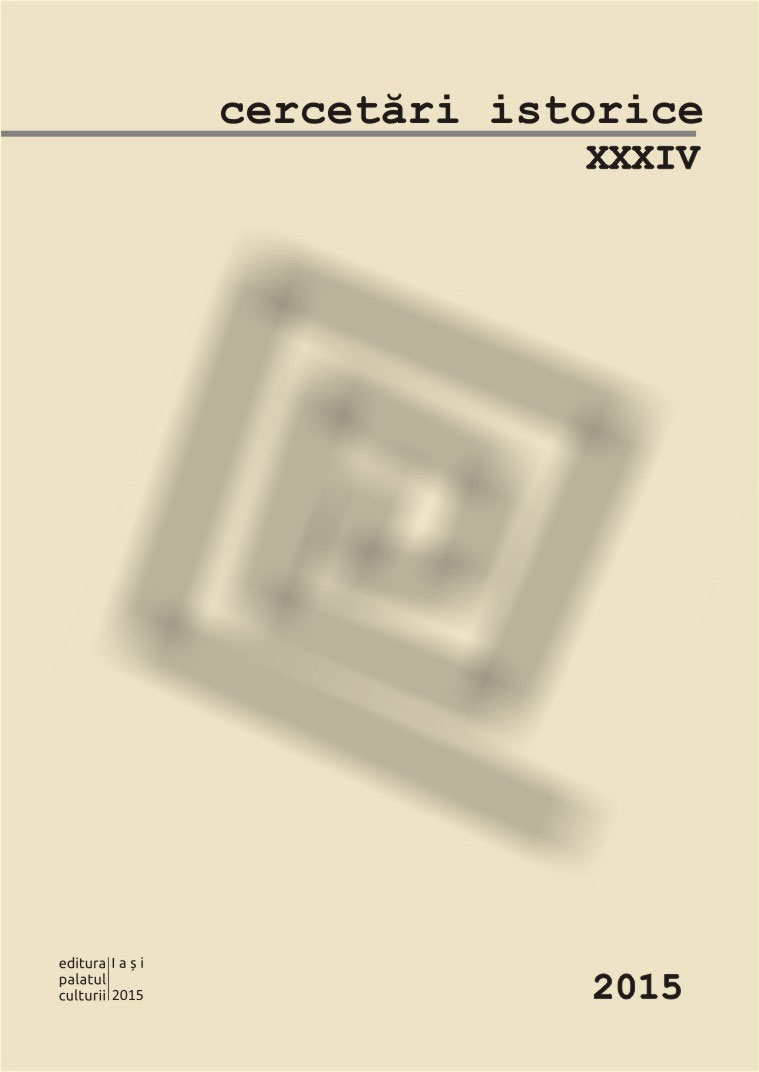
Câteva consideraţii pe marginea unor nemulţumiri împotriva administraţiei domnitorului Mihail Grigorie Sturdza
Romanian society from the beginning of the 19th century was characterized by a state of general tension and various social conflicts, difficult to separate and define. The complaints against the administration were generated by the abuses committed by the clerks of Sturdza administration, by the stipulations of the organic Regulations, many times superposed over private passions. Consequently, among the opposers there were exponents of the big boyars, the most virulent voices, of the small and middle ones, the peasantry, the townspeople, the religious order, consuls or Sudits. The present article continues with a concise presentation of the strong opposition experienced by Prince M. Sturdza from the big boyars, the consulates and the Church. The purpose of our paper is not to debate all the aspects related to this subject, but to point out ideas such as: the identification of the real causes and objectives which determined such a virulent opposition against the administration and implicitly the Prince, the endorser for the application of appropriate measures for the implementation of reforms, as well as subjective aspects (related to family, personal interests) which made the conflict become critical; the names of the worst enemies; the main discontents found in the memoirs sent by the big boyars to the protective and suzerain power; the answer given by the Prince and his confidents under the aspect of trying to clarify in written, through other memoirs, both the actions and the measures taken in order to limit the negative effect of those sent by the opposers to the throne. Documentary information was inserted in order to support the idea of existence of a strong opposition, very active as manifestation, activating between 1834 and 1849.
More...

